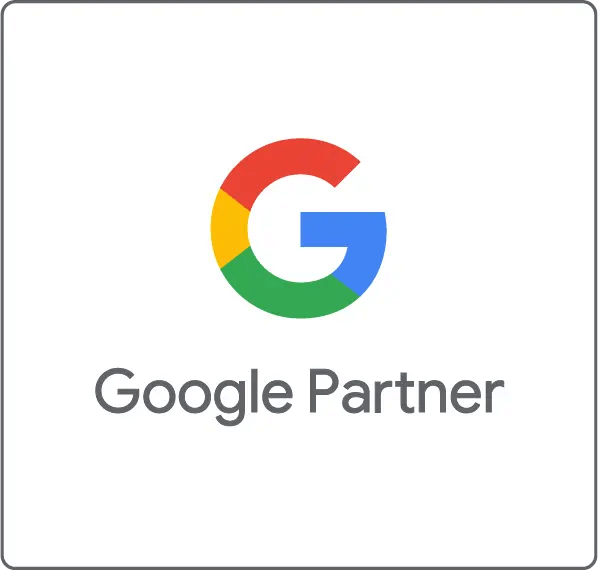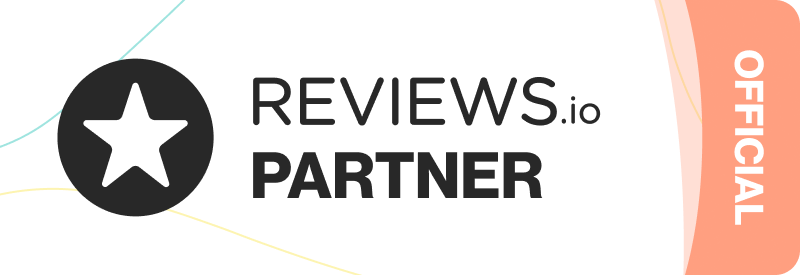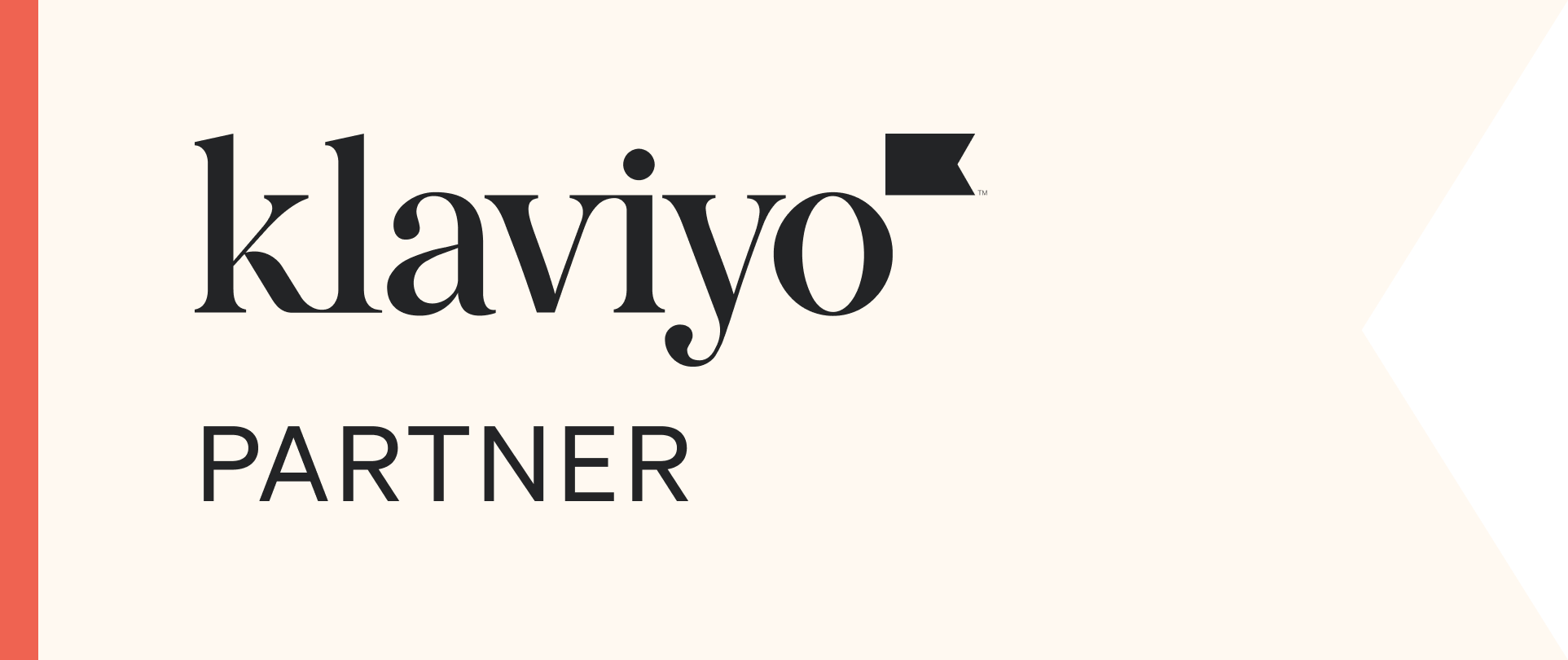Ecommerce Websites Pagination Ideas For Google, Link Building & SEO
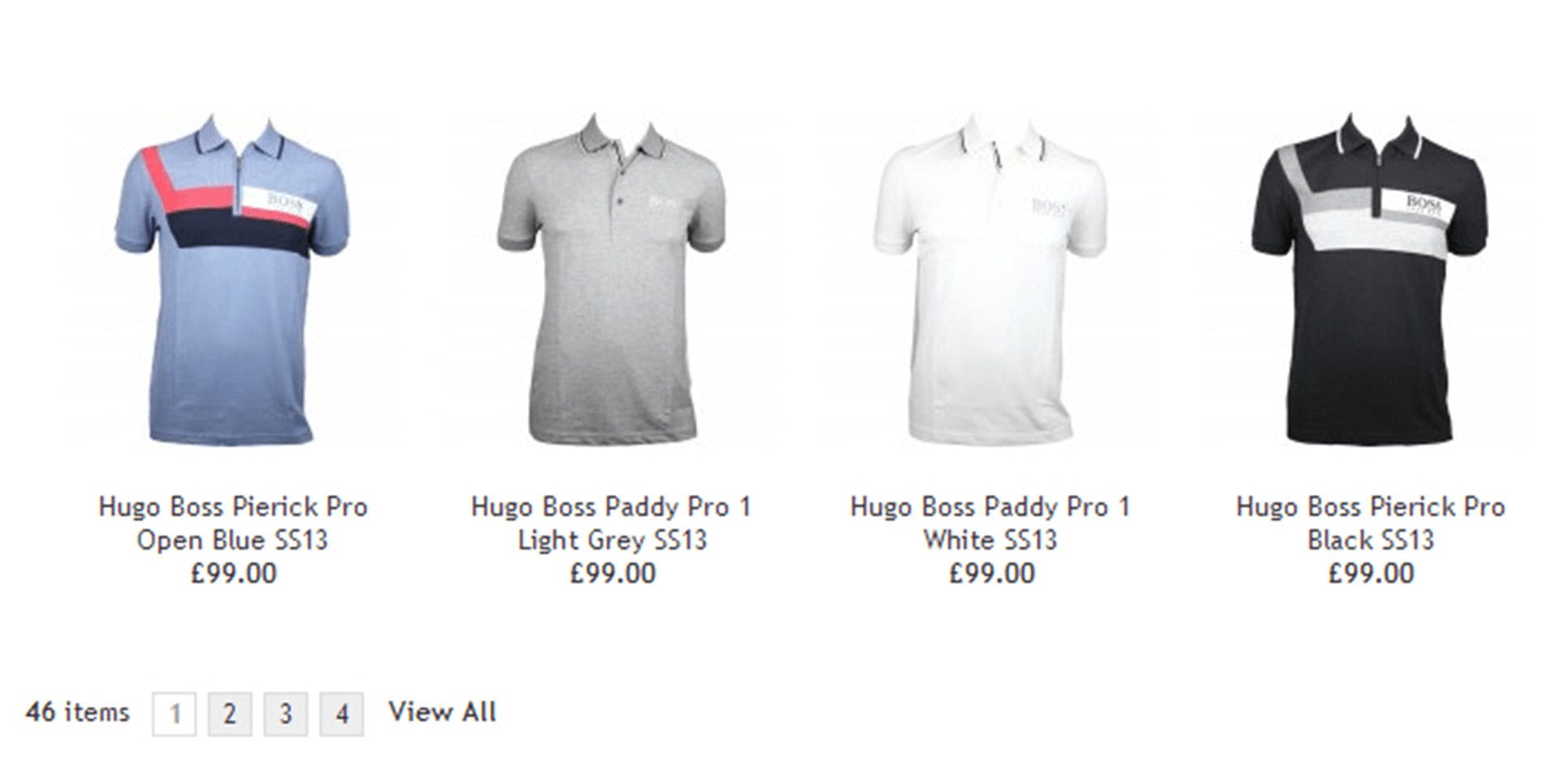
One of the most common issues we come across when auditing or looking at ecommerce websites from a technical perspective is how they use Pagination.
Pagination is when you have a number of separate pages from a category on your website. For example a shirts page could have a number of pages and a “view all” page similar to the image below:
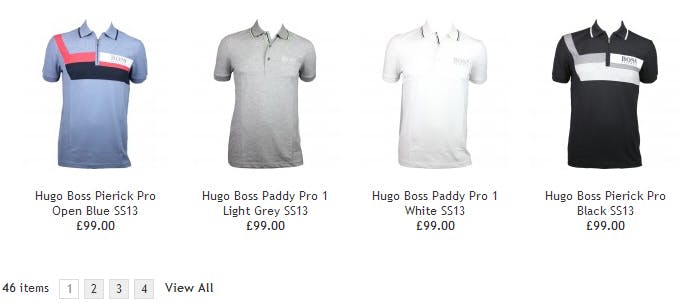
Paginated content on most ecommerce websites tends to appear on product category pages. The reason for paginated content is to ensure that the page load time is not too high when there are a large number of products featured on the page. Products are split into pages – 1, 2, 3, etc. If the visitor wants to look at more products from this category, they can click view all (if available) or click on page 2 or 3, etc. to view more products from the range. This is known as pagination and is a typical set-up on many ecommerce websites.
Ecommerce Issues With Pagination
From an SEO or Google perspective having your website set-up in this way is perfectly acceptable. However, there can be issues that may impact on the website from a search ranking and indexation perspective in terms of how these paginated page series are coded and developed. What you might want to consider is your ecommerce code for pagination, which we cover later. First we should discuss how search engines like Google consider paginated pages and what you should be doing to ensure your own are set-up correctly with search in mind.
The Google Perspective
Google would like you to introduce hints and tips to help tell them how your paginated page series are set-up. These hints will help Google to index your pages and return the most appropriate results based on consumer searches conducted.
Why is this important to Google? Well, feedback from them indicates that when people are conducting ecommerce searches, they prefer to see the “view all” pages coming up in the search engine results pages, as opposed to individual pages. Why? Well, this is purely down to time. If a visitor clicks on a result that takes them to page 1 of a paginated series, they dislike then having to click to page 2 because of the time it potentially takes for page 2 to load. It might be only a couple of seconds but to a user, it can be annoying and if page 2 of your website takes ages to load you have potentially lost them as a customer if they decide to take their business elsewhere.
Based on this knowledge, Google decided to do something about it. In 2011, the announced the following:
When we detect that a paginated series also contains a “view all”version, we’re now making a larger effort to return the view all page on search results where appropriate.
This approach makes sense and is helpful for both website owners and visitors searching on Google, as they will get to see all your products if they click on the link. Having a view all page also allows Google to return the most appropriate results against the search which is, in their view exactly what should happen i.e. their recent Penguin and Panda updates aimed at returning only relevant and quality content in their index based on the search.
From a link building perspective, this can also be beneficial to your website. As you most likely already know, having quality and relevant links that come to your website pages is a given to help your websites rank in the search engine results pages. If you take into account Google’s feedback regarding pagination, you can ensure that incoming link juice goes to the appropriate pages (i.e. the view all) and is not diluted to other pages in the series. For example, incoming links and anchor text can be diluted if directed to a different component URL in a paginated series. Any link juice should (in theory) be going to the main component page which is generally the view all page.
Google sees paginated content or pages as separate entities and may or may not index these pages separately. Google could send traffic to pages that are potentially not the most relevant. For example, it is possible that the most relevant page in a series might not be ranked in the search results and visitors may end up visiting pages that are secondary to these i.e. page 5 of a paginated series as opposed to page 1 which may have your top products or best sellers listed.
What Can You Do?
There are a couple of options you can introduce to your ecommerce pages that have paginated content that will help Google Index these pages and assist you in our link building activities.
Paginated Configurations
With most ecommerce websites, pagination is set-up to include certain configurations such as view all, prices ascending and descending etc. If we take the example of view all, we can highlight what potential configuration we could consider as the most appropriate for our websites from a search and link building perspective. The following are the options:
- Option 1 – Do nothing. Hope that Google finds your pages and indexes everything including view all in your paginated series.
- Option 2 – Use rel=”canonical”. With the introduction of this tag into your component pages in a paginated series i.e. page 1, 2, 3 etc you can tell Google what our actual “view all page” is. Write rel=”canonical” into your component pages to canonical to your “view all” page. For example, page 2 in a paginated series would rel=canonical to the view all page in the following way: /57/shirts#page=2 would rel canonical to 57/shirts#page=all. On the /57/shirts#page=2 page, the canonical tag would look something like this – <link rel=”canonical” href=”http://www.example.com/pv/8/adidas-football/57/shirts?Product_page=all” /> . This is important as the canonical url or view all page contains all the products from your paginated pages which is great for the user and for being indexed in the search results. Additionally, it points all link juice to the view all page and does not dilute it by passing it to the individual paginated pages in the series which, again, is good for your view all page to appear in Google search results.
- Option 3 – Use rel=”next” and rel=”prev” – by introducing this html to your your component pages in a paginated series tells Google that yes, these are individual pages but they belong to this specific series (i.e. shirts). By adding rel=”next” and rel=”prev” to the individual pages this connects them into one component in Google eyes and assists with their indexation. For example, this would be particularly important if your ecommerce website did not have a view all option.
Example – Connect individual pages in a series.
- Page 1 – rel=”next” to page 2
- Page 2 – rel=”prev” to page 1 rel=”next” to page 3
- Page 3 – rel=”prev” to page 2 rel=”next” to page 4
- Page 4 – rel=”prev” to page 3 rel=”next” to page 5
- Final Page – rel=”prev” to page 4
- View All Pages – No mark-up required.
rel=”next” and rel=”prev” is useful as Google is using this mark-up to let us tell them all about our paginated page content. rel=”next” and rel=”prev” also works similar to rel canonical in that it will help consolidate indexing for the paginated pages i.e. links. It will also override the view all page rel=canonical set-up; it will index and rank (in Google’s view) to the most relevant pages in the paginated series (i.e. page 1 based on a visitors search).
When using rel=”next” and rel=”prev” please be aware that if you use a session id i.e. rel=”next” to page 4&sid=123, all paginated pages in the series should also contain the sid =123 to ensure that every page is linked in this series.
Which is best – rel=”canonical” or rel=”next” and rel=”prev” for your ecommerce website?
Rel=”canonical” is really helpful for identifying duplicate content or content that is a superset i.e. page 1, 2 and 3 etc all linking to the pages you want Google to index.
Example – Connect individual pages in a series with the rel=canonical tag:
- Page 1 – <link rel=”canonical” href=”http://www.example.com/pv/8/adidas-football/57/shirts?Product_page=all” />
- Page 2 – <link rel=”canonical” href=”http://www.example.com/pv/8/adidas-football/57/shirts?Product_page=all” />
- Page 3 – <link rel=”canonical” href=”http://www.example.com/pv/8/adidas-football/57/shirts?Product_page=all” />
What the above example does is index content from the canonical version of the page i.e. the view all page which from an ecommerce perspective would be fine as all products in that particular category would be indexed in search and be available to a visitor who clicked the link.
However, it would not (in theory) index page 2 in the series which might be an issue if you as a webmaster wanted this page indexed or did not have a view all page. This is where rel=”next” and rel=”prev” would be the better option if you wanted to have these separate pages in your series indexed. Remember, Google will override the view all page canonical if you introduce rel=”next” and rel=”prev” to your paginated series so keep this in mind when add you add this mark-up to the code.
Pagination in any website, particularly ecommerce, can be tricky. What makes this so relevant is that Google is telling us what they want us to do; there are lots of guides on the Google webmaster tools blog that discuss all of this. It is in your interest to implement these small changes that not only help your Google rankings and link building, but also our customer engagement which will lead to greater satisfaction, return on investment and online sales.
These are just some of our thoughts on how you could set up your ecommerce websites pages from a pagination perspective. If you have any questions regarding ecommerce pagination, we would be delight to answer them for you. Our dedicated development team would be happy to help you if they can. Questions can be emailed to info@digitalsix.co.uk or by using the comments form below.
